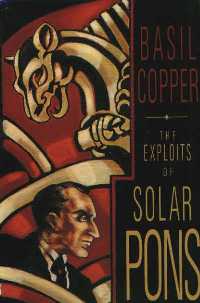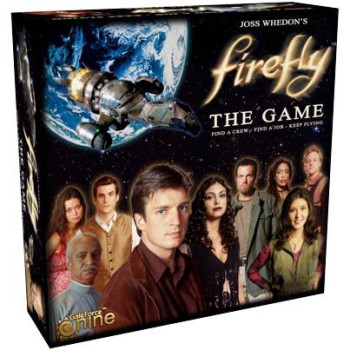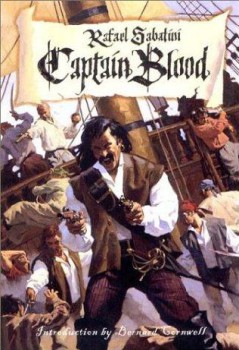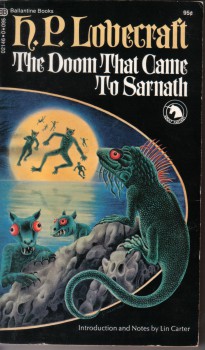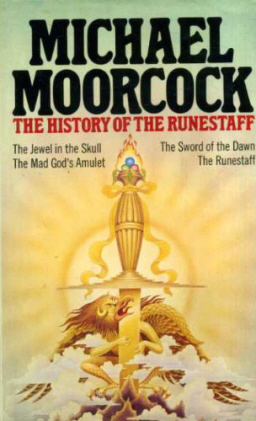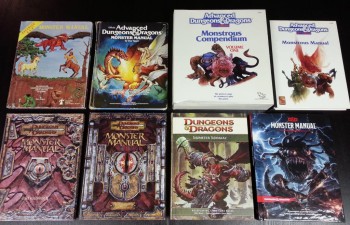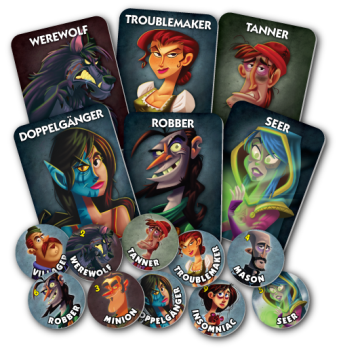Film Review: The Conjuring (Hallowe’en Post # 1)
 “Before there was Amityville, there was Harrisville.”
“Before there was Amityville, there was Harrisville.”
Whatever you think of the Warrens as real people, they do make mighty fine fictional characters.
Ed and Lorraine Warren — dark-forces-battling demonologists associated with such notoriously famous cases as the Amityville Horror — provide us with supernatural sleuths who fit comfortably in the tradition of such occult detectives as Doctor Abraham Van Helsing, Carnacki the Ghost Finder, and John Thunstone. That the Warrens are real people and the cases they have investigated are allegedly true does add another compelling dimension to the whole enterprise.
But I’m not here to debate whether the Warrens’ adventures were bona fide excursions into paranormal realms or just elaborately staged (and profitable) hoaxes. I’m here to review The Conjuring — the 2013 horror film purportedly based on the Warrens’ 1971 investigation into the Perron family’s troubled Rhode Island farmhouse. I am meeting it on its own terms, not as a docudrama, but as a fright flick.
Still, I’ll make a few observations about the “based on a true story” conceit, which is wrung for full effect in opening and closing montages. Judging from interviews, the scriptwriters — twin brothers Chad and Carey W. Hayes — certainly give the impression that they buy in to the Warrens’ whole shtick, or are at least pretty open-minded to it. However, that clearly did not constrain them only to crafting a straight-ahead historical re-enactment. To the contrary, their prime focus is to use the original case as a springboard for launching wall-to-wall scares at an audience hungry for terror of the supernatural kind. They start out eerie, sprinkling in events that may well be straight out of the case file, and then liberally follow those up with any tried-and-true horror effect that will “get” the audience. It is a film full of “gotchas.”

